Various materials are used to construct kitesurfing boards, each with its own set of pros and cons. A rider's expertise, riding style, preferences, and budget all play a role in determining which material is best for them. Most boards are made from one of the given below materials, let's check them out -
-
Wood Core with Composite Layers
Many kiteboard makers choose a wood core sandwiched between composite layers. Flexibility and longevity come from the wood core, whereas strength and responsiveness come from the composite layers (often fiberglass or carbon fiber). The performance and cost of these boards are just right.
-
Foam Core with Composite Layers
Lighter than wood cores, foam cores with composite layers can increase mobility. Reinforcement is achieved in these kiteboarding boards by using composite layers. These boards are common in expert-level and high-performance kitesurfing. Also, they provide an amazing kiteboarding experience to you.
-
Durable Carbon Fiber
Kiteboards made of carbon fiber are among the strongest and lightest available. Expert riders and freestylers favor this material because of its responsiveness, pop, and precision. Because of these properties, it lasts for a longer period. On the other hand, kitesurfing boards made of carbon fiber are often more costly.
-
Hybrid Construction Board
Some boards have a hybrid construction, which combines different materials to get the best of both worlds in terms of performance. A hybrid board, for instance, may combine a wood core's flexibility with carbon or fiberglass's durability. Most companies use this material to make more durable boards.
-
Inflatable Boards
Boards Designed for Hydrofoil Kitesurfing Inflatable kiteboards, often known as "foil boards," are specifically made for this sport. The inflatable construction of these boards enables buoyancy while being lifted by a hydrofoil over the water. They are lightweight and easy to transport, making them a convenient choice for vacationers.
-
Wood Sandwich Construction
A wood core is sandwiched between layers of composite material, such as fiberglass or carbon, in wood sandwich construction. It's a solid compromise between flexibility, durability, and portability. This type of construction gives the board an early takeoff and a balanced outline that allows for optimal performance.
-
Bamboo Boards
In the manufacture of some kitesurfing boards, bamboo veneers are used. Bamboo is a great material since it is beautiful, lightweight, and functional. The board is simple to operate and accommodates novice and experienced wind foilers. Also, these boards are safe for the environment.
Final Words
Consider your kitesurfing experience, preferred riding style, and the weather conditions before purchasing. If you're just getting started, you may want to look at a more stable and forgiving board. Expert riders may favor boards with enhanced performance characteristics to fit their abilities and preferences.
It's also important to note that kitesurfing boards are always improving in design and technology. Manufacturers continuously seek new materials and building methods to enhance their products' performance, durability, and rider experience.
If you can, test out various models of the board before making a purchase or consult with other riders or our kiteboarding experts to figure out what would work best for you.

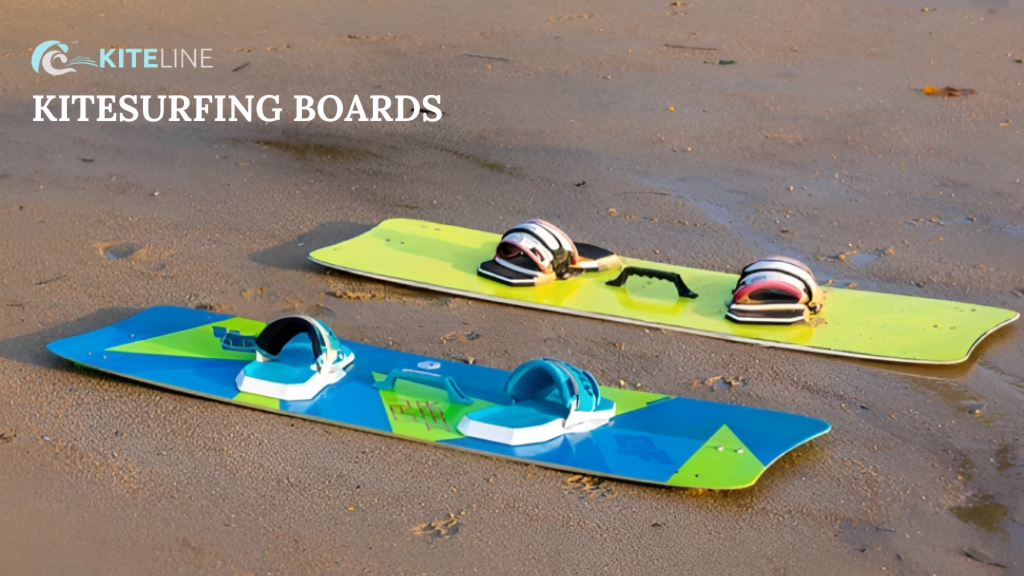


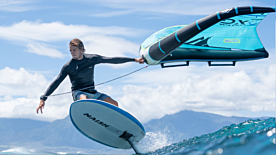
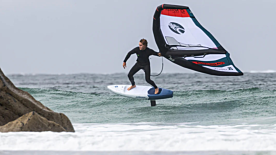
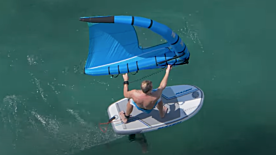
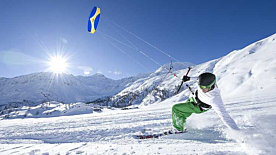
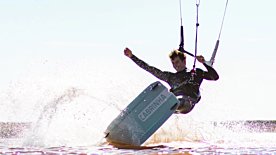
Validate your login